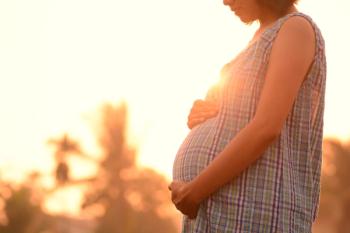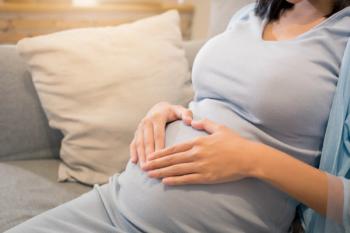
Survival Rates and the Limits of Viability: Study
Researchers are learning that gestational age is not the only factor that influences survival of extremely preterm infants.
Using a national database, the Spanish Society of Neonatology has analyzed the survival rates of newborns with a gestational age of less than 26 weeks. The database gathers information on all premature babies who are born before 32 weeks' gestation and who weighed less than 1.5 kg (3.3 lb).
Looking at babies born at or before 26 weeks' gestation, the researchers found that survival when born before 23 weeks' gestation is "exceptional" (Table).
"Babies rarely survive at 22 weeks and, when they do, it is at the expense of enduring many complications and long hospital stays, which involve a lot of suffering for them and their families," FermÃn GarcÃa-Muñoz Rodrigo, of the University Maternity Hospital of Las Palmas de Gran Canaria and one of the authors of the study, explained in a press release.
The chances of survival increase from 23 weeks and onwards, and the proportion of complications gradually decreases as the gestational age rises. Indeed, babies at 26 weeks, despite being very high-risk, are considered viable and are a benchmark group for comparing the results from the other gestational ages.
Survival with no serious adverse effects, including intracranial hemorrhage, periventricular leukomalacia (damage to the brain's white matter close to the ventricles), bronchopulmonary dysplasia (chronic lung disease), or retinopathy of prematurity (abnormal development of the blood vessels in the retina), stood at 1.5%; 9.5%; 19.0% and 29.9% at 23, 24, 25 and 26 weeks, respectively.
What factors improve survival of extremely preterm infants?
- Older gestational age
- Higher birth weight
- Female sex
- Singleton pregnancy
"Survival with no serious illness in newborns under 23 weeks is exceptional, and very low in newborns of 23 and 24 weeks," the doctor pointed out. "Newborns of 25 weeks or more have a reasonable chance of survival and, in the absence of major malformations, they should be given active resuscitation and intensive care."
"Birth weight-the higher, the better-sex-girls develop a little better than boys-whether or not the mother was given corticoids before giving birth to help to develop the baby's lungs-and and single fetuses compared to multiple pregnancies are very important factors, as they all increase the chances of survival," GarcÃa-Muñoz Rodrigo emphasized.
The expert concluded by saying that medicine is not an exact science and that every birth must be treated on an individual case-by-case basis. "Other factors, such as whether or not the fetus presents malformations, the monitoring of the pregnancy, the parents' values and expectations, etc, are details that should also be taken into consideration."
References:
GarcÃa-Muñoz Rodrigo F, GarcÃa-Alix Pérez A, GarcÃa Hernández JA, Figueras J. Aloy y grupo SEN1500. Morbimortalidad en recién nacidos al lÃmite de la viabilidad en España: estudio de base poblacional [Morbidity and mortality in newborns at the limit of viability in Spain: a population-based study]. An Pediatr (Barc). 2014;80:348-356.
Newsletter
Get the latest clinical updates, case studies, and expert commentary in obstetric and gynecologic care. Sign up now to stay informed.









